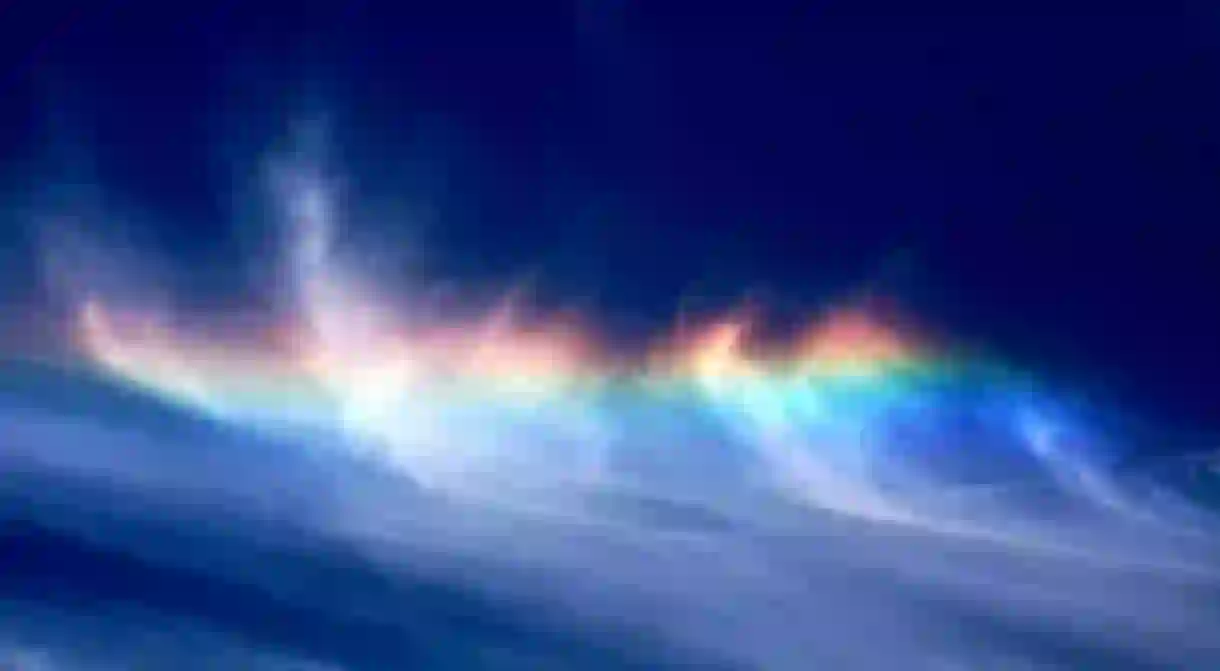What Are Washington's Fire Rainbows?

Spring is one of Washington’s most beautiful seasons, and one of the state’s most welcome. It’s not just the sunshine that the clouds give way to. Come Spring, particularly in May, the shift in season creates a type of rainbow called a circumhorizontal arc, or what many refer to as fire rainbows.

Funnily enough, fire rainbows are not rainbows, nor do they do they have anything to do with fire, though it’s worth noting that the fire rainbow is a more whimsical title that mirrors the flame-like optical effect in a way that a circumhorizontal arc does not. This rainbow sets itself apart from the standard colorful arc, usually witnessed after a rainstorm or on a box of Lucky Charms cereal, by spreading its hues across the sky horizontally with no visible start or end.
Fire rainbows are finicky, meaning they don’t appear quite as easily as their arched counterpart. This type of rainbow requires everything from a certain temperature and a certain time of day to a specific cloud height and angle. Scientifically speaking, according to Atmospheric Optics, fire rainbows appear, “when the sun is very high in the sky—higher than 58°. Near to noon in mid-Summer is a good time in middle latitudes. The halo is beneath the sun and twice as far from it (two hand spans) as the 22º halo.”
Fire rainbows are high maintenance, but when these natural wonders do appear, witnesses will without a doubt appreciate the rainbow’s effort.
https://www.instagram.com/p/BGFeex3PNAZ/?tagged=firerainbows
Fire rainbows aren’t Washington specific. They appear all over the world, from Brazil and California to Australia and Hungary. But they’re rare in Washington State because of its close proximity to the mid-latitudes. Per Seattle’s local news station, Komo 4 News’ website states, “For the Pacific Northwest, that pretty much relegates any sightings to around six weeks either side of the summer solstice.” As told by the Atmospheric Optics, places like London witness the brightly colored bands during a shorter period of time compared to Seattle, and Copenhagen never hosts them at all, whereas cities like Houston and Los Angeles have opportunities to see fire rainbows for months at a time.
All that said, Washingtonian’s better head outdoors before the month of May ends in order to catch a glimpse of these rare Springtime rainbows.














